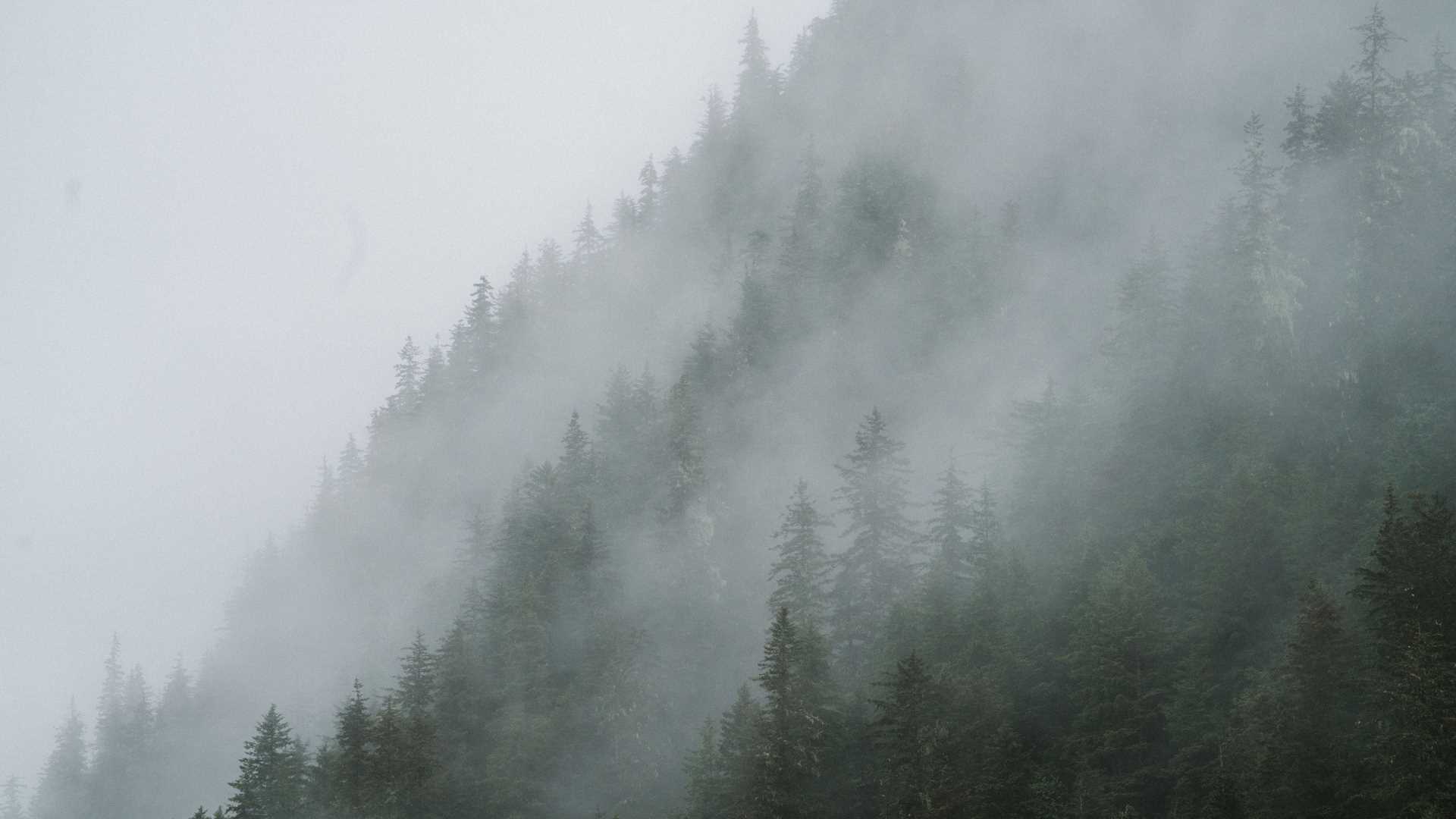For our last full day of exploration in the wilderness of Southeast Alaska, we sailed through the landscape of Tracy Arm-Fords Terror Wilderness. This glacially-carved fjord showcases Alaska at its most dramatic, combining nearly all of the natural history we have seen throughout the trip so far. Our morning began at the mouth of the fjord, the historic extent of the glacier at its largest before it began to recede. National Geographic Sea Bird didn’t make it far beyond this sandbar before the natural history team spotted a pod of killer whales slowly cruising through the milky waters. We watched as the group surfaced in silence along the steep granite cliffs and the old growth forest that fills the valley. We then continued towards the face of South Sawyer Glacier where we anchored, dropped Zodiacs, and cruised among the humbling icebergs that are calved by the glacier into the warm ocean water. Along the way, we encountered gulls, terns, hundreds of hauled out harbor seals, and mountain goats that find refuge in the rock faces around the glacier face. Altogether, it made for a beautiful end to our Alaska experience.
- Daily Expedition Reports
- 22 Jun 2022
Tracy Arm-Fords Terror Wilderness, 6/22/2022, National Geographic Sea Bird
- Aboard the National Geographic Sea Bird
- Alaska
Wild Alaska Escape: LeConte Bay, Wrangell & the Misty Fjords
VIEW ITINERARYSign Up for Daily Expedition Reports
Fields with an asterisk (*) are required.
Enter travel details to receive reports from a single expedition
Send Daily Expedition Reports to friends and family
*By clicking the submit button, I authorize Lindblad Expeditions to email me; however, I am able to unsubscribe at any time. For more details, see our Privacy Policy.
Please note: All Daily Expedition Reports (DERs) are posted Monday-Friday,
during normal business hours. DERs are written onboard the ship only and do
not apply to land-based portions of expeditions.







